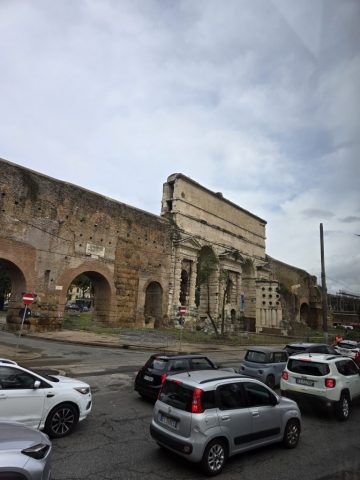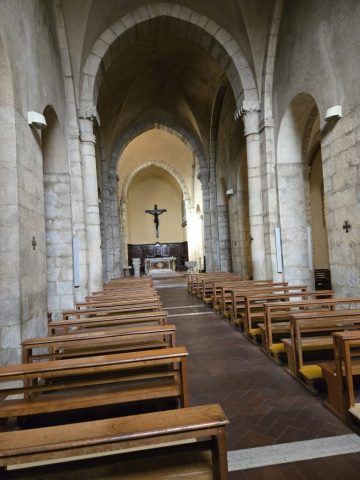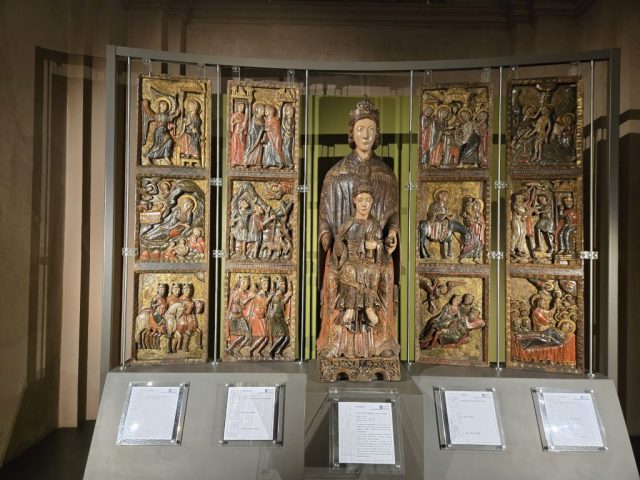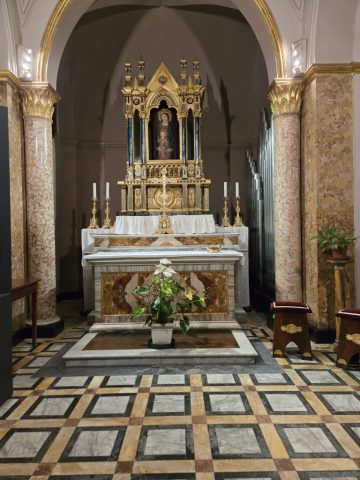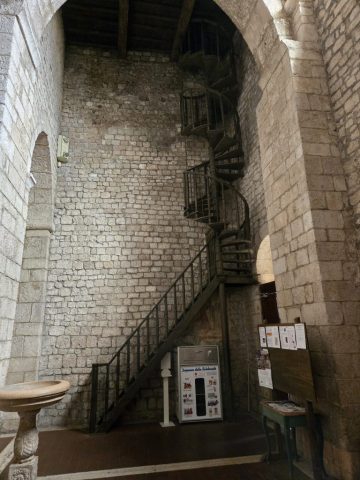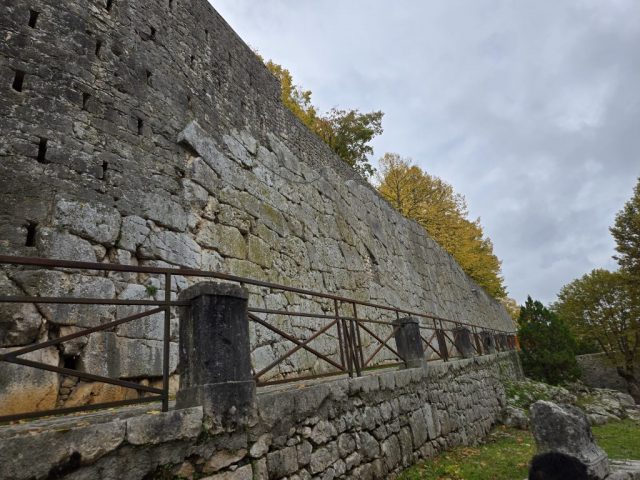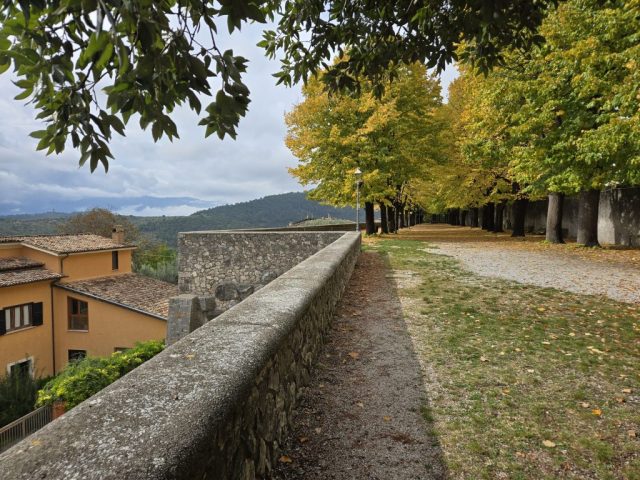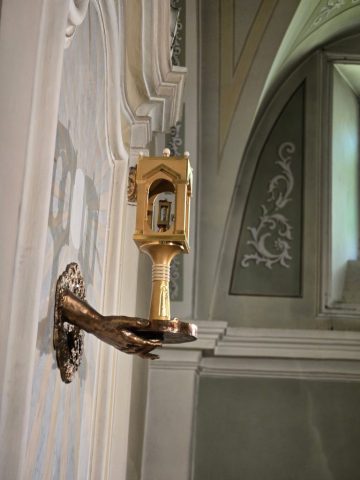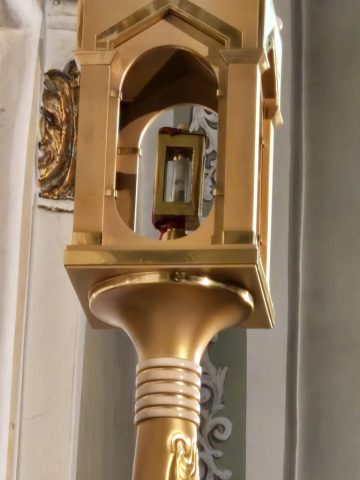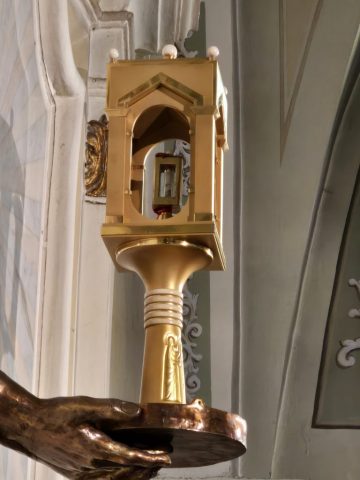City of Alatri
|
The charm of Alatri, a picturesque village in the heart of the Lazio region, lies in its protohistoric origins and its indissoluble link with the Ernici people, one of the oldest Italic groups. In the 7th century B.C., the Ernici were responsible for the construction of the Acropolis and the huge megalithic walls that still encircle the town, marking the starting point of Alatri’s history. These walls, that circle the acropolis of the city, are one of the best preserved examples of such ancient fortifications in Italy. They are named “Cyclopean” due to the belief in the Renaissance that only the mythical Cyclops could have moved such massive stones. This construction allowed the town to keep alive its primitive pre-Roman settlement, going on to form, predominantly, the urban structure of its medieval layout. At the top of the acropolis, on the remains of an ancient pagan temple dedicated to Saturn, stands the Basilica Co-Cathedral of St. Paul. Founded in the early Middle Ages, it underwent significant 18th-century renovations and houses relics and sacred artifacts. The most extraordinary relic is a particle of human flesh, believed by the faithful to be the result of an Eucharistic miracle in the 13th century. The event was recognized by the Catholic Church in 1228, and its story is illustrated in frescoes within the cathedral. EUCHARISTIC MIRACLE OF THE INCARNATED HOST (The original Italian document is pictured in the gallery of pics below) The entire story of the Miracle of the Incarnate Host is based on the Papal Bull “Fraternitatis Tuae” of Pope Gregory IX on March 13, 1228, the document that recounts what happened in Alatri between late 1227 and early 1228 and, in a certain sense, “certifies” the Miracle itself. The Supreme Pontiff starts from a letter in which the Bishop of Alatri, Giovanni, informs him of what has happened and asks him for instructions on the matter. The Pope shows that he has no doubts about the authenticity of the episode and treats the matter with the attitude of a caring father. And his letter becomes a Mandatum, because it transmits an order: it is in fact sealed with hempen thread, as was the custom. The translated letter: Gregory, Bishop, servant of the servants of God, to our venerable brother, Bishop of Alatri, health and apostolic blessing. We received your letter, dearest brother, informing us of a certain young woman, influenced by the bad advice of an evil woman, after having received the Most Sacred Body of Christ from the hands of the priest, she held it in her mouth until, seizing the favorable opportunity, she hid it and tied it in a cloth, where, after three days, she found the same Body, which she had received in the form of bread, transformed into flesh, as still clearly appears to those who observe it. Since both women have humbly informed you of all this, you now ask our advice regarding the punishment to be inflicted on the guilty ones. First of all, we must give thanks, with all our human capabilities, to Him who, while always and in all things making Himself present in a marvelous way, nevertheless on some occasions repeats miracles and brings about new wonders, so that, by strengthening faith in the truths of the Catholic Church, sustaining hope, rekindling charity, sinners may feel called back, the wicked may be converted, and the wickedness of heretics may be put to shame. Therefore, dearest brother, by means of this apostolic letter, we order that you inflict a milder punishment on the young woman, whom we believe committed the criminal action more out of weakness than malice, especially since it is to be believed that she has sufficiently repented in confessing her sin. Furthermore, on the instigator, who by her perversity pushed her to commit the sacrilege, after having applied those disciplinary measures which we deem appropriate to entrust to your judgment, order that, visiting the nearest bishops, she humbly confess her crime, implore accepting, with devout submission, pardon. Given in the Lateran on March 13, the first year of our Pontificate. Gregory PP. IX In 1997, the urn containing the relic of the Incarnate Host was placed in a special chapel, created by Monsignor Alberto Ponzi, with the collaboration of local artists and artisans, and solemnly inaugurated by the Bishop at the time, Monsignor Luigi Belloli. In the same year, to give musical emphasis to this event, Maestro Antonio D’Antò composed two hymns in memory of the Miracle of Alatri: one in polyphony and in Latin (Coeli canunt), the other popular in Italian (L’Inno del Miracolo dell’Ostia Incarnata), almost like a song narrated by a storyteller and the people together. The text of both hymns is by Mons. Ambrogio Costantini. In 1997, the “Sacred Music Festival” was also launched, dedicated to the Eucharistic Miracle of the Incarnate Host of Alatri, which is celebrated every year and accompanies the religious celebrations of March 13th. |
Click on an image to open the photo viewer. |
